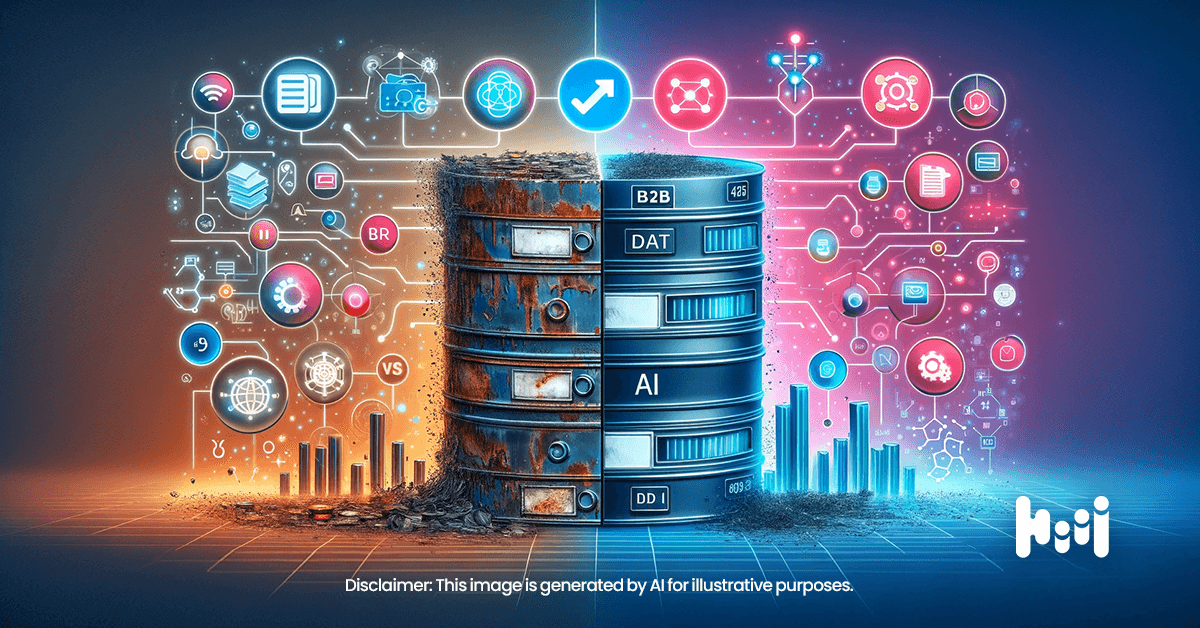An “opted-in lead” and a “non-opted-in data record” refer to two different categories of contacts in marketing and communications. The distinction between the two lies in whether the individual has given explicit permission (opted-in) for their personal information to be used for marketing or communication purposes. Here’s the difference:

Opted-In Lead:
An opted-in or “permission-based” lead refers to an individual who has willingly provided their consent to receive marketing materials, communications, or other forms of contact from a business or organization.
This consent, which is standard practice in strategies such as content syndication, is usually obtained through a clear and affirmative action, such as checking a box on a website, subscribing to a newsletter, or explicitly agreeing to terms that include communication permissions.
Opted-in leads have given their permission to be contacted, and their contact details can be used for marketing purposes.

Non-Opted-In Data Record/Lead:
A non-opted-in data record refers to an individual’s personal information that a business or organization has, but without explicit consent to use that information for marketing or communication. This data might have been collected through various means, such as public sources, purchased lists, or gathered without the individual’s direct consent.
Non-opted-in data records pose ethical and legal concerns, particularly with regard to privacy regulations such as the General Data Protection Regulation (GDPR) in the European Union or the CAN-SPAM Act in the United States. Using non-opted-in data for marketing purposes without consent can lead to legal issues and damage to a company’s reputation.
It’s not a debate about quality or good data vs. bad data. Both deserve a place in your sales & marketing organization. It’s about what purposes each data serves and when you can and can’t use certain data sets. The general best practice is that sales teams use raw data providers for 1:1 outreach. Marketers must use opted-in leads for mass automation and communication.
In summary, the key difference lies in consent. Opted-in leads have provided permission to be contacted, while non-opted-in data records lack this explicit consent. This consent is what drives the price difference between a $2 data record and a $30 lead. It’s generally best practice and in compliance with global privacy regulations to focus on building a list of opted-in leads to ensure ethical and legal marketing practices. In some areas, such as Europe – infringements on these matters can result in a fine of €10 million or 2% of a firm’s annual revenue from the preceding financial year, depending on which amount is higher.











